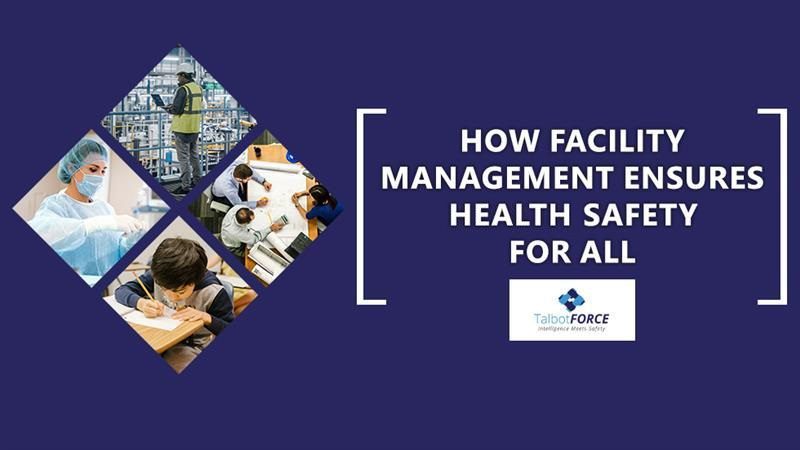
In today’s dynamic work environment, prioritizing the well-being of employees is crucial for fostering a productive and sustainable workplace. Smart Office Health and Safety initiatives play a pivotal role in achieving this goal, integrating cutting-edge technologies to create seamless solutions for a secure and healthy workplace.
Embracing IoT for Proactive Safety Measures
One of the cornerstones of Smart Office Health and Safety is the integration of Internet of Things (IoT) devices to proactively monitor and address potential hazards. These interconnected devices, ranging from smart sensors to wearables, continuously collect and analyze data to identify safety risks in real-time. By harnessing the power of IoT, companies can implement preventive measures and create a safer working environment for their employees.
AI-Powered Health Monitoring Systems
Artificial Intelligence (AI) has revolutionized health monitoring in the workplace. Advanced AI algorithms can analyze biometric data from wearables, providing valuable insights into employees’ health and well-being. From tracking vital signs to detecting signs of fatigue or stress, AI-powered health monitoring systems enable employers to take a proactive approach to employee wellness. This not only enhances safety but also contributes to a more resilient and engaged workforce.
Smart Workspace Design for Physical Health
The design of the physical workspace itself contributes significantly to the overall health and safety of employees. Smart office solutions utilize data-driven insights to optimize workspace layouts, lighting, and ergonomic setups. By tailoring the environment to individual needs and preferences, companies can reduce the risk of musculoskeletal issues, eye strain, and other physical ailments, ultimately promoting a healthier workforce.
Real-time Emergency Response Systems
In the event of an emergency, quick and effective response is paramount. Smart Office Health and Safety initiatives incorporate real-time emergency response systems that leverage automation and communication technologies. From fire incidents to medical emergencies, these systems can quickly alert relevant personnel, provide evacuation routes, and facilitate a coordinated response to mitigate potential risks.
Employee Training through Virtual Reality (VR)
Ensuring that employees are well-versed in health and safety protocols is crucial for maintaining a secure workplace. Virtual Reality (VR) technology is increasingly being employed for immersive and interactive training programs. VR simulations allow employees to experience and respond to various workplace hazards in a controlled environment, enhancing their preparedness and responsiveness in real-life situations.
Enhancing Mental Health Support
Smart Office Health and Safety initiatives extend beyond physical well-being to address mental health concerns as well. AI-driven tools can monitor employee stress levels, offering insights that can guide companies in implementing mental health support programs. From virtual counseling services to mindfulness applications, integrating technology to support mental health contributes to a more holistic approach to employee well-being.
As we navigate the evolving landscape of workplace health and safety, it is evident that embracing smart office solutions is not just a trend but a necessity. By leveraging the power of IoT, AI, and innovative design, companies can create environments that prioritize the health and safety of their workforce.
To explore more about Smart Office Health and Safety, visit ninthworldhub.com for the latest insights and solutions that pave the way for a secure and thriving workplace.
